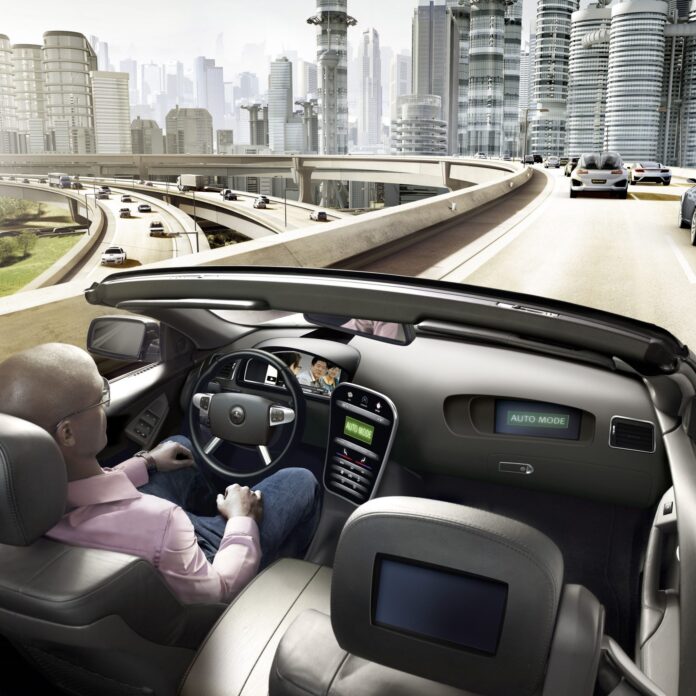Earlier this summer, a consortium of 16 automotive OEMs, suppliers and public partners launched the Ko-HAF or Kooperatives hochautomatisiertes Fahren; Cooperative for Highly Automated Driving in Germany. Supported by Germany’s Federal Ministry for Economic Affairs and Energy, the aim of the project is to research new systems and functions to allow automated driving at higher speeds and in more complex situations. The project is being coordinated by automotive supplier Continental, along with Audi and BMW.
Over the past few days a flurry of announcements have come out highlighting the roles different players will take on during the project. As mentioned above Continental is coordinating the project, which was launched on June 1 and is expected to run until November 2018, with an overall budget of $40.7 million (Euro 36.3 million).
During highly automated driving – a big step toward autonomous driving – the driver no longer has to monitor the vehicle systems as regularly and is able to read or write e-mails. Due to safety reasons, there is a time limit in which the driver must be able to take control of the vehicle when needed. The backend solution for the project begins with the vehicles communicating with one another via a server and LTE/UMTS mobile radios. The server collates and evaluates information about the vehicle surroundings, and makes it available to the vehicles in a consistent form.
“The research initiative takes us a major step forward in the direction of automated driving, with road safety at the highest level being its essential basis. Ko-HAF researches not only the involvement of the driver in highly automated driving, but also cross-partner functions and communication between the highly automated vehicles,” said Stefan Lüke, Ko-HAF project coordinator, who is responsible for Advanced Driver Assistance Systems & Automation in the advanced engineering department in Continental’s Chassis & Safety Division.
Audi, BMW and Opel have also issued releases outlining their involvement in the project. The backend solution or the Safety Server is Opel’s focus. In addition to the functionality mentioned above it is developing software and sensors to track a driver’s movements while driving the vehicle in order to predict how he or she will react when cued to take back the driving responsibility. Opel is also designing algorithms for visual mapping and localization to be merged with information from backend and onboard maps, movement sensors and the Global Navigation Satellite System.
Audi and BMW will focus on the following areas of research:
- Development of precise street models as the basis for digital maps;
- Vehicle self-localization on the digital map, and maps independently able to localize by road characteristics;
- Concepts to allow the driver to safety take back control of the vehicle;
- Highly automated reactions to traffic disruption and obstacles on the road; and
- Anticipatory automated driving in normal traffic situations – traffic flow, road safety and comfort.
It’s not surprising to see Germany taking these steps given the number of automotive OEMs and suppliers in the region that are already spending a great deal of time on the road to the connected car reality.
Like what you read? Follow me on twitter!
Claudia Bacco, Managing Director – EMEA for RCR Wireless News, has spent her entire career in telecom, IT and security. Having experience as an operator, software and hardware vendor and as a well-known industry analyst, she has many opinions on the market. She’ll be sharing those opinions along with ongoing trend analysis for RCR Wireless News.

